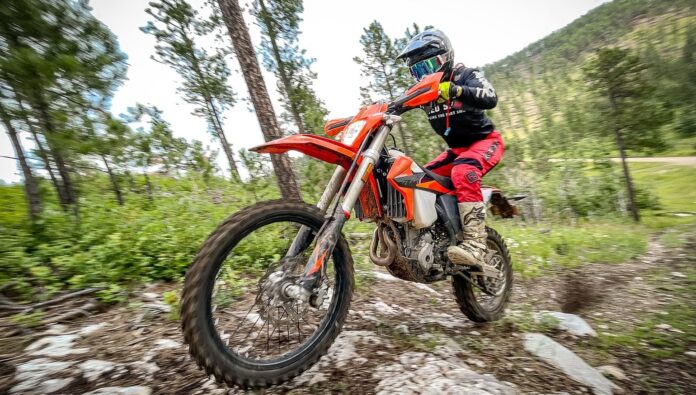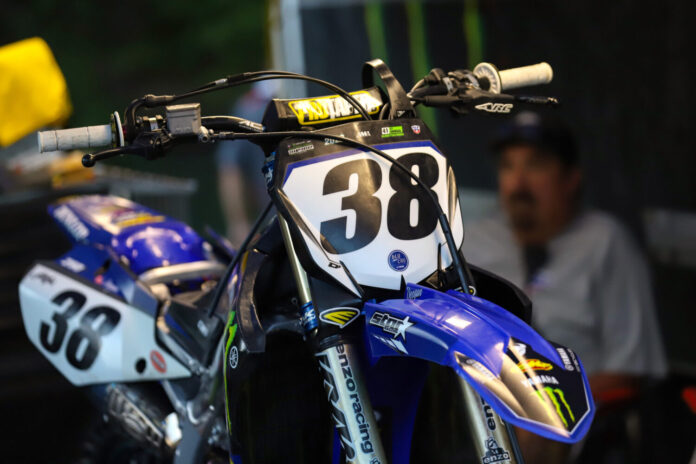If you happen to have an aging dirt bike tucked away in your garage or storage, it may be time to embark on a journey of revival. The process of rejuvenating an old dirt bike can be immensely fulfilling, both in terms of cost savings and reigniting your passion for off-road adventures.
Evaluation of Bike’s Condition
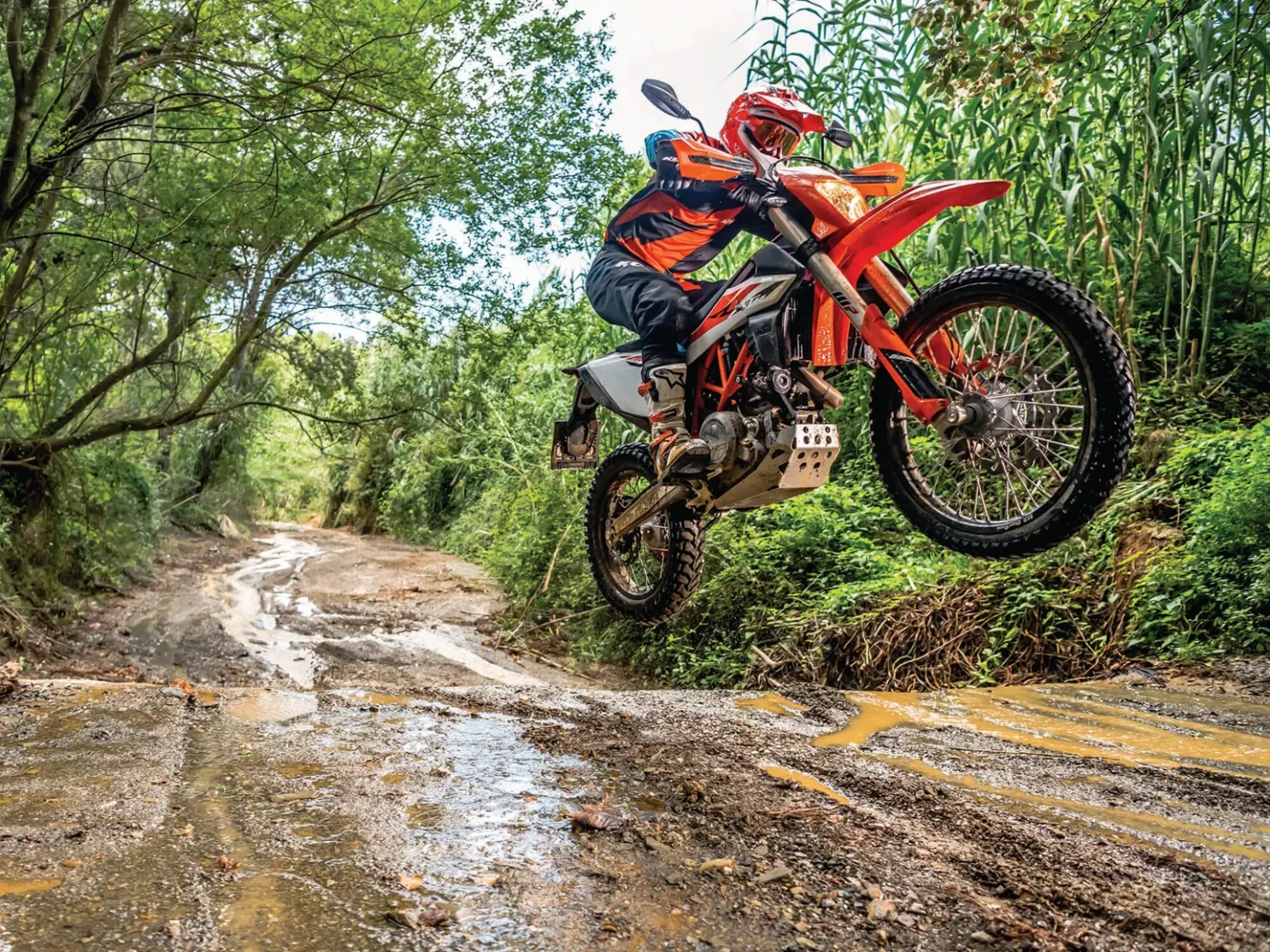
Start your restoration endeavor by conducting a meticulous assessment of the dirt bike’s current condition. Scrutinize for telltale signs of rust, corrosion, worn components, or visible damages, and compile a checklist of necessary repairs and replacements. This can include everything from basic parts to graphics from sengegraphics.com.
Gathering Essential Tools
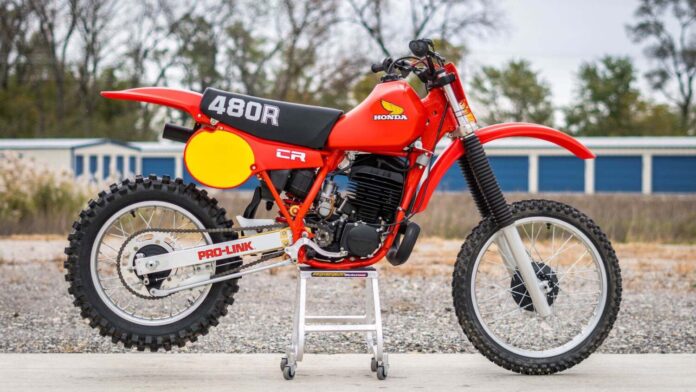
To undertake effective dirt bike restoration, you’ll require a specific set of tools tailored to motorcycle maintenance. Basic tools such as wrenches, screwdrivers, pliers, and a socket set are indispensable, and you might need specialized tools for tasks like chain adjustment or tire removal. While you may not need all of the following tools, they can help make the job easier.
- Wrenches: A variety of wrenches, including combination wrenches, socket wrenches, and adjustable wrenches, in different sizes to fit various nuts and bolts on the bike.
- Screwdrivers: Both flathead and Phillips-head screwdrivers for removing and tightening screws and fasteners.
- Pliers: A set of pliers, including slip-joint pliers, needle-nose pliers, and locking pliers, for gripping, bending, and manipulating various components.
- Socket Set: A comprehensive socket set with metric and standard (imperial) socket sizes to fit different fasteners on the bike.
- Hex Keys (Allen Keys): A set of hex keys in various sizes to work on hexagonal bolts and screws commonly found on dirt bikes.
- Torque Wrench: To ensure that bolts and fasteners are tightened to the manufacturer’s recommended torque specifications.
- Chain Breaker and Riveter: Necessary for removing and installing chain links and working on the bike’s chain.
- Chain Alignment Tool: Used to ensure the proper alignment of the chain and sprockets.
- Tire Tools: Tire irons and a bead breaker for removing and installing tires, as well as a tire pressure gauge.
- Spark Plug Wrench: A specialized wrench for removing and installing spark plugs.
- Carburetor Tools: Tools for disassembling, cleaning, and adjusting the carburetor, including carburetor jet wrenches.
- Oil Filter Wrench: If your dirt bike has an oil filter that requires changing.
- Chain Tensioning Tools: A chain tensioning tool to adjust the tension of the bike’s chain accurately.
- Suspension Tools: Specialized tools for working on the bike’s suspension components, such as fork seal drivers and shock spanner wrenches.
- Flywheel Puller: To remove the flywheel when working on the engine.
- Feeler Gauges: For measuring valve clearances and other critical engine tolerances.
- Bearing Puller and Installer: Essential for working on wheel and swingarm bearings.
- Multimeter: To diagnose electrical issues and test electrical components like the battery, stator, and ignition system.
- Chain Brush and Lubricator: For cleaning and lubricating the chain.
- Work Stand or Lift: A stand or lift to elevate the bike, making it easier to work on various components.
- Cleaners and Lubricants: Degreasers, chain lubes, penetrating oils, and other cleaning and lubricating products to maintain and protect various parts of the bike.
- Safety Gear: Personal protective equipment such as safety glasses, gloves, and hearing protection to ensure your safety during the restoration process.
- Shop Manual: A shop manual specific to your dirt bike’s make and model for reference and guidance on disassembly, maintenance, and reassembly.
Replacement of Worn or Damaged Parts
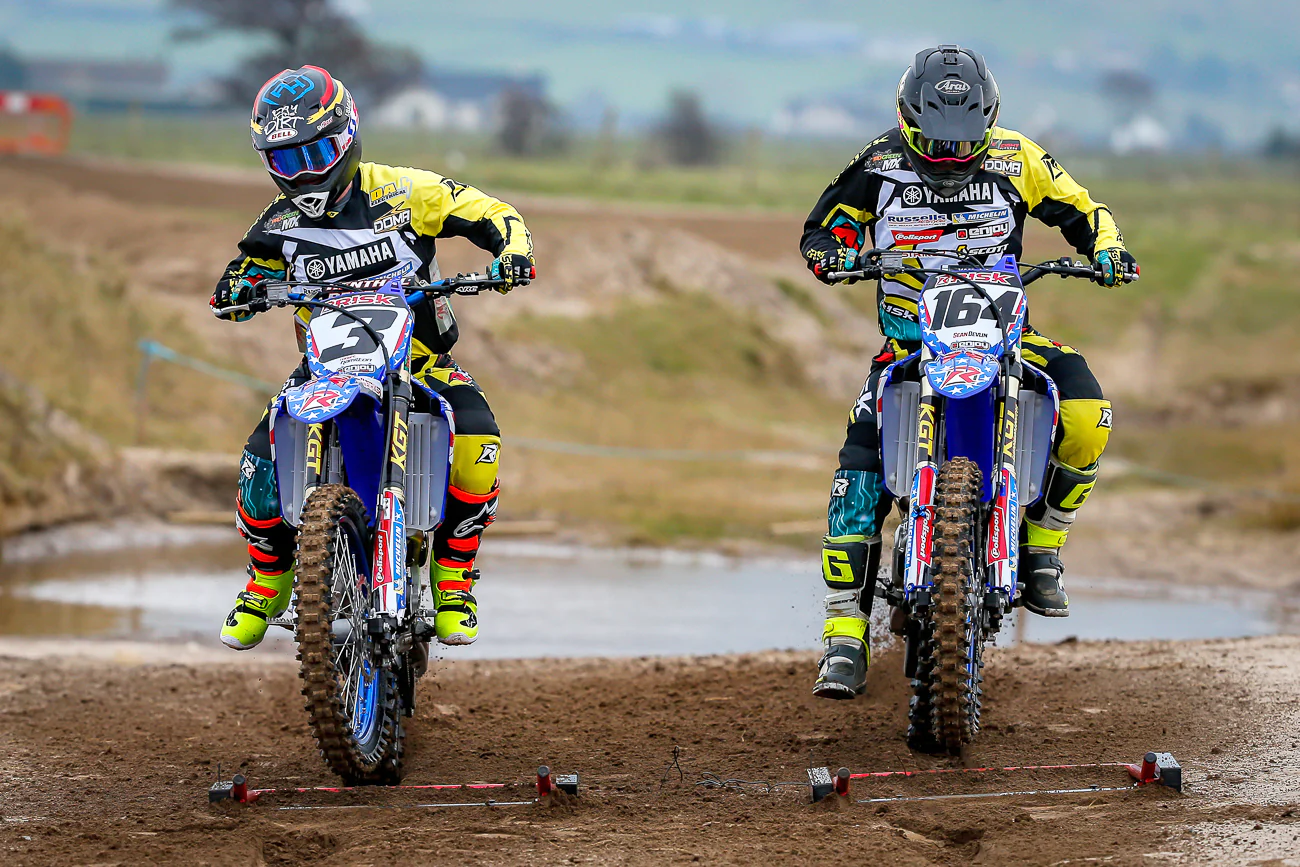
Based on your assessment, embark on replacing any components that show wear or damage. This could encompass tires, brake pads, cables, and handlebar grips. Ensure that the replacement parts are compatible with your bike’s make and model. Additionally, consider replacing the air filter, spark plug, and oil filter if necessary.
Scrutinize the Engine
The engine is a pivotal aspect of your dirt bike, warranting thorough examination. Evaluate engine compression, inspect the spark plug, and search for any oil leaks. A compression tester can be employed to gauge compression levels. If compression is low, you may need to undertake a top-end rebuild or replace piston rings and gaskets.
Carburetor Rebuild
Carburetors are often problem areas in older dirt bikes. Disassemble the carburetor, clean all its components meticulously, replace gaskets and O-rings, and adjust the carburetor settings in accordance with your bike’s specifications.
Suspension and Bearings
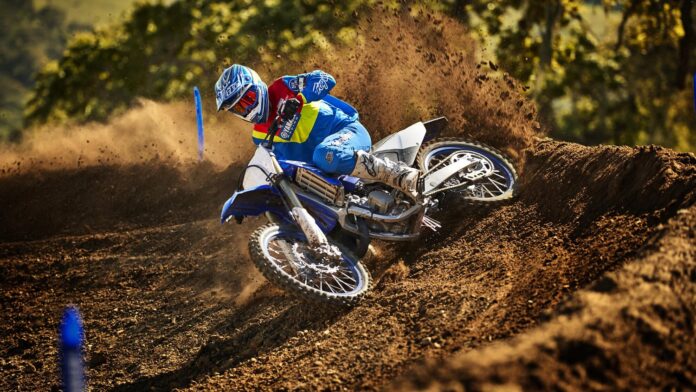
Diligently inspect suspension components for wear and damage. Ensure that fork seals, shock absorbers, and swingarm bearings are in prime condition. Lubricate or replace these components as necessary.
Electrical System
Carefully scrutinize the dirt bike’s electrical system, encompassing the battery, wiring, and lighting. Guarantee that all electrical connections are clean and secure. Replace damaged wiring and bulbs and apply lubrication to switches and levers to forestall corrosion.
Brake System
Perform a comprehensive inspection of the brake system, which includes brake pads, rotors, and brake lines. Replace any worn or damaged parts, and execute brake line bleeding to ensure optimum braking performance.
Chain and Sprockets
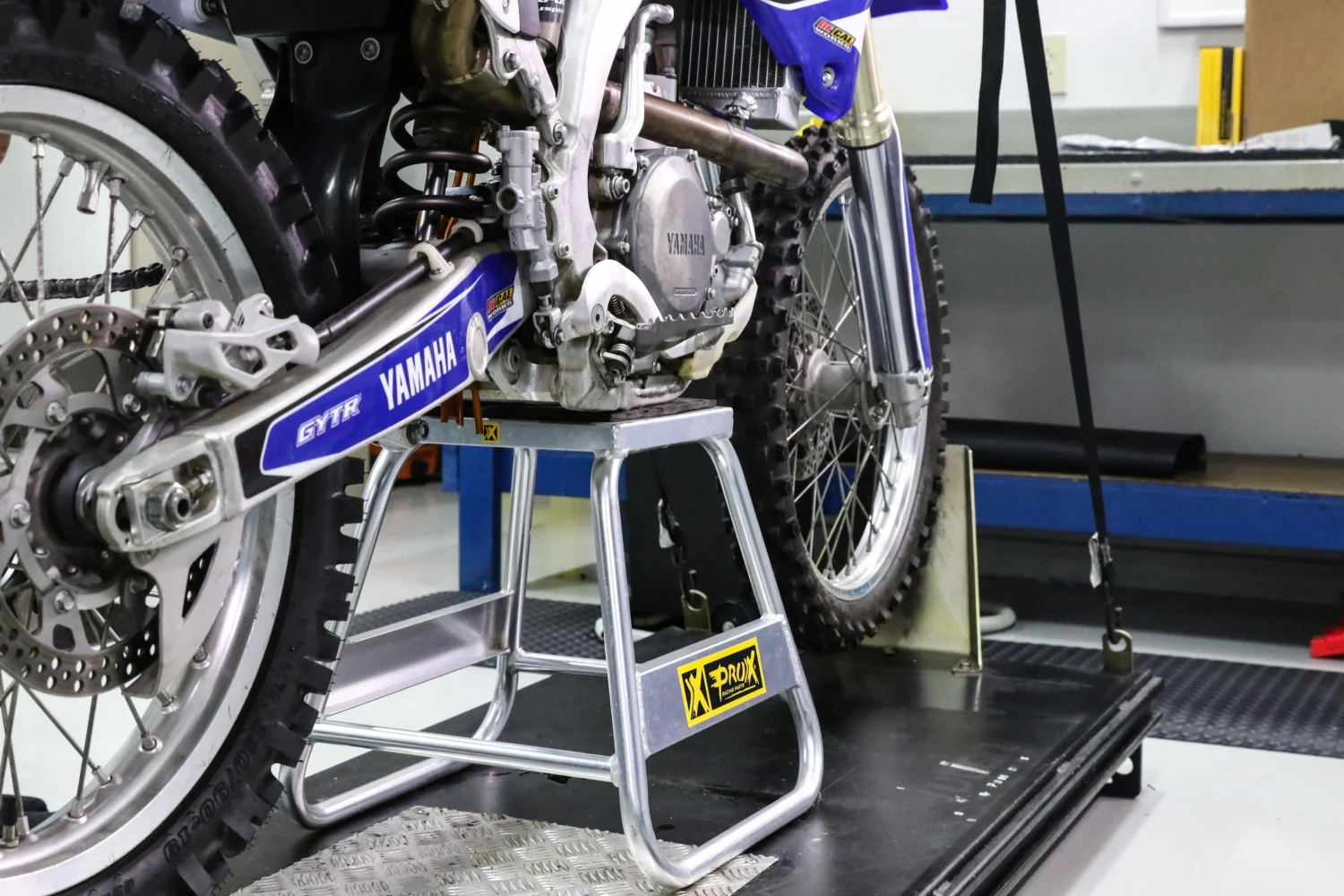
The condition of the chain and sprockets can significantly influence your bike’s performance. Should these exhibit signs of excessive wear, they should be replaced. Ensure that the chain is correctly tensioned and adequately lubricated.
Test Ride
Prior to embarking on off-road adventures, engage in a test ride within a secure, controlled environment. Pay close attention to handling, acceleration, and braking performance. Make necessary adjustments based on your test ride observations.
Prioritize Safety
Maintain an unwavering focus on safety throughout your restoration journey. Whenever you ride your dirt bike, adhere to safety protocols by donning suitable protective gear, such as a helmet, gloves, goggles, and sturdy riding boots. Additionally, ensure that brakes, lights, and the horn are all operational to bolster safety during your trail excursions.
Renewing an old dirt bike is an immensely gratifying undertaking, merging your passion for motorcycles with hands-on mechanical proficiency. Not only does it offer a cost-effective means to relish off-road adventures, but it also provides a fulfilling hobby that breathes new vitality into a timeless machine. So, grab your tools, roll up your sleeves, and grant that vintage bike the second chance it so richly me

